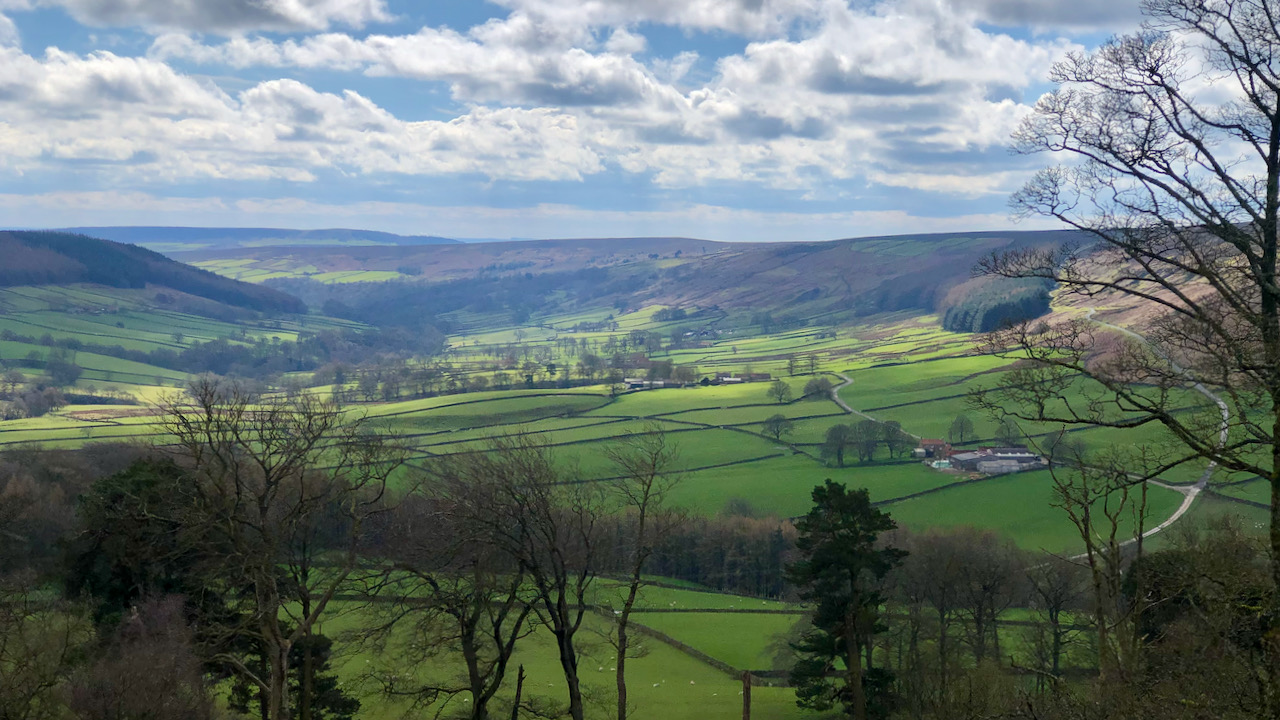Tag: 19th-century
-

An Echo of Grosmont Priory
The Grandmontine Priory of Grosmont was established around 1200 at a site overlooking the River Esk. It was one Joan de Turnham who granted the site to the monks, and according to the deed of gift, a “mansion house” already existed there. Its surrounding fields, covering about 200 acres, were already in cultivation, evidenced by…
-

Scugdale — Home of the Yorkshire Giant
The study of teeth proves invaluable to archaeologists. Teeth preserve well and frequently feature among unearthed human remains. Their examination unveils a trove of information, discerning not only the sex and age of the individual but also shedding light on diet, disease, and even geographic origins through isotope analysis. In Calgary, Canada, there exists a…
-

Ruins of a Sweep Net Salmon Fishery
Another unexpected gem discovered on our daily exercise is the remains of a Sweep Net Fishery station. The site, nestled at the mouth of the River Naver, boasts an ice house, a ruined dwelling, and a storehouse. The structures date from around 1811, coinciding with the Clearances, though salmon fishing here has been documented since…
-

Rosal—Echoes of Highland Clearances
In Strath Naver, Rosal’s historic community fell victim to ruthless evictions in 1814 by one Patrick Sellar, driven by profit from sheep farming, displacing families and destroying homes, leaving a haunting legacy of Highland suffering and exploitation.
-

Port Carlisle
In the early 18th century, there were high aspirations to transform the Solway coast into ‘a second Liverpool.’ A canal was built, connecting the coast to Carlisle, and what was once a smattering of houses burgeoned into a flourishing village. This canal facilitated maritime navigation into Carlisle. The photo shows the entrance to the canal…
-

Hutton Moor—A Story of Ownership and Change
Hutton Moor, with Highcliff Nab and Guisborough in the distance, holds memories of the 1970s when I initially settled in the area. At that time, it bore scars of degradation due to off-road motorcyclists exploiting it as their playground. Under the ownership of the Owners of the Middlesbrough Estate, I found myself compelled to seek…
-

Bransdale Westside — a potted history
A clearing in the appropriately named High Plantation, elevated above the hamlet of Cockayne, affords a magnificent view of the western side of Bransdale. Bransdale is drained by the Hodge Beck, which, in medieval times, formed a significant boundary. To the west lay lands granted to Rievaulx Abbey, while to the east, they belonged to…
-

A View from Wath Hill and Echoes of Life at Clough House
A view of Wath Hill from above the remains of the old farmstead of Clough. Just a handful of moss-covered stones indicate where Clough House farm used to stand. It’s simple to overlook its past as a bustling farm, a family home. A solitary out-building still stands, its roof clad in corrugated sheeting. The rest…
-

The Smiddy, Bransdale Mill
Doing some work at Bransdale Mill, specifically in the old smithy, known as ‘smiddy’ in the local Cleveland dialect, which is being repurposed into a wood store. This structure, formerly a dilapidated two-room, single-story building, had its fortunes revived in the recent past by the National Trust, which rendered it weatherproof with a fresh blue…
-

Ashmore, Benson, Pease and Co.’s tank at Rounton Grange
Rounton Grange, the ancestral home of the Bells, is now a bit of a no-show, given that the house was demolished back in 1965. The site’s now reverted to woodland. But a few buildings in the grounds are still hanging on. Like this one with an unmistakable cast iron tank proudly sporting the name of…